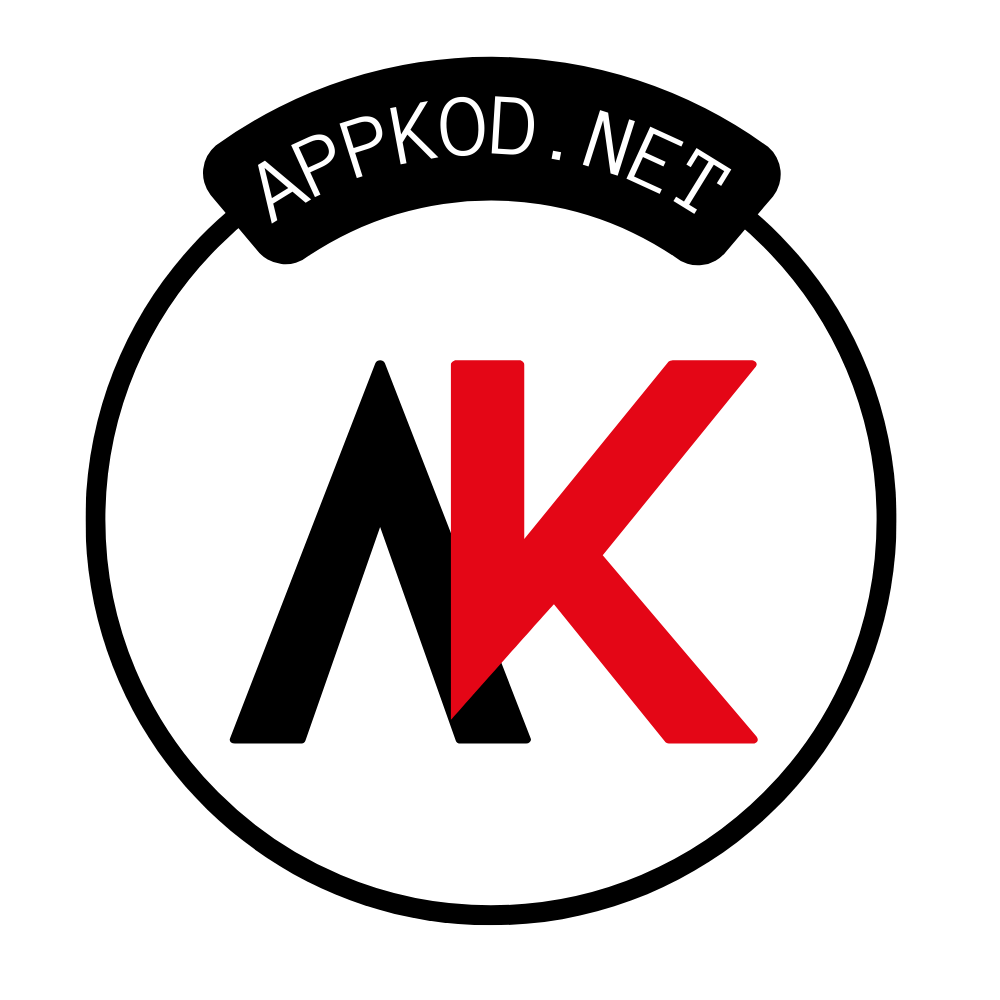The Art of Design Coding: Bridging Creativity and Technology

Introduction
Design coding is the harmonious fusion of design and development, where aesthetic vision is translated into functional digital interfaces. This practice is not just about creating visually appealing websites or apps; it’s about ensuring that every element functions seamlessly, creating a cohesive user experience. As technology continues to evolve, design coding becomes increasingly crucial for anyone involved in digital creation. In this blog post, we’ll delve deep into the world of design coding, exploring its significance, tools, techniques, and the future it holds.
What is Design Coding?
Design coding is the process of transforming design concepts into executable code that brings digital interfaces to life. It involves taking static design elements and using programming languages like HTML, CSS, and JavaScript to make them interactive and responsive. Design coding is essential for web developers and designers alike, as it ensures that a design’s visual aspects are perfectly aligned with its functionality.
The Importance of Design Coding in Modern Web Development
In today’s digital age, design coding is a critical skill for creating user-friendly websites and applications. It ensures that the design is not only visually appealing but also functional across various devices and platforms. Design coding allows designers and developers to work together more effectively, creating products that are both beautiful and easy to use. Without proper design coding, even the most stunning designs can fall flat if they don’t perform well in a real-world environment.
Essential Tools for Design Coding
To excel in design coding, you need to be equipped with the right tools. Some of the most popular design coding tools include:
- HTML & CSS: The backbone of any web page, HTML and CSS are the primary tools for design coding. They allow you to structure content and style it according to your design specifications.
- JavaScript: JavaScript adds interactivity to your design coding projects, enabling dynamic content and user engagement.
- Bootstrap: A popular front-end framework that simplifies design coding by providing pre-designed components and a grid system.
- Adobe XD & Figma: While primarily design tools, both Adobe XD and Figma offer features that facilitate design coding, such as generating CSS code directly from designs.
- VS Code: A powerful code editor that supports various programming languages, making it ideal for design coding.
The Role of Responsive Design in Design Coding
Responsive design is a crucial aspect of design coding, as it ensures that websites and applications function seamlessly across different devices. With the growing number of mobile users, design coding must incorporate responsive design techniques to create flexible layouts that adapt to various screen sizes. By using media queries, flexible grids, and responsive images, design coding allows for the creation of websites that provide an optimal user experience, whether accessed on a smartphone, tablet, or desktop.
Bridging the Gap Between Designers and Developers with Design Coding
One of the most significant challenges in web development is the communication gap between designers and developers. Design coding acts as a bridge between these two roles, ensuring that the designer’s vision is accurately implemented in the final product. By understanding design coding, designers can create more feasible designs, while developers can better interpret design intentions. This synergy results in a smoother workflow and a more cohesive final product.
Advanced Techniques in Design Coding
As you become more proficient in design coding, you’ll encounter advanced techniques that allow you to create more complex and engaging digital experiences. Some of these techniques include:
- CSS Animations & Transitions: Design coding with CSS animations and transitions can bring your designs to life, adding movement and interactivity to your web elements.
- SVG & Canvas: Design coding with SVG and Canvas allows for the creation of scalable vector graphics and intricate designs that are perfect for high-resolution displays.
- CSS Grid & Flexbox: These layout models provide more control over the positioning and alignment of elements, making design coding more efficient and flexible.
The Impact of Design Coding on User Experience (UX)
User Experience (UX) is at the heart of successful digital products, and design coding plays a pivotal role in shaping it. Good design coding ensures that the interface is intuitive, responsive, and visually appealing, all of which contribute to a positive user experience. Design coding also allows for the implementation of accessibility features, ensuring that digital products are usable by people with disabilities. By prioritizing UX in design coding, you can create products that are not only functional but also enjoyable to use.
Common Challenges in Design Coding
Design coding is not without its challenges. Some common issues include:
- Cross-Browser Compatibility: Ensuring that your design coding works consistently across different browsers can be a daunting task, as each browser may interpret code differently.
- Performance Optimization: Design coding needs to balance aesthetics with performance. Large images, animations, and complex code can slow down a website, leading to a poor user experience.
- Maintaining Design Consistency: As projects grow, maintaining consistency in design coding can be challenging, especially when multiple developers are involved. Using a design system can help in maintaining consistency.
The Future of Design Coding
The future of design coding looks promising as new technologies and tools continue to emerge. The rise of AI and machine learning is beginning to influence design coding, with tools that can automate parts of the process or suggest improvements. Additionally, as virtual and augmented reality become more prevalent, design coding will need to adapt to create immersive digital experiences. Staying updated with these trends is crucial for anyone involved in design coding.
Getting Started with Design Coding: Tips for Beginners
If you’re new to design coding, the prospect can seem daunting. Here are some tips to help you get started:
- Learn the Basics: Start with the fundamentals of HTML, CSS, and JavaScript. These are the building blocks of design coding.
- Practice Regularly: Like any skill, design coding improves with practice. Try building small projects to apply what you’ve learned.
- Use Online Resources: There are plenty of online tutorials, courses, and communities dedicated to design coding. Websites like Codecademy, freeCodeCamp, and W3Schools are great places to start.
- Experiment with Tools: Don’t be afraid to experiment with different design coding tools to find what works best for you.
- Join a Community: Engage with other designers and developers in online forums or local meetups. Sharing knowledge and experiences can accelerate your learning.
Conclusion
Design coding is an essential skill in the modern digital landscape, bridging the gap between creativity and technology. Whether you’re a designer looking to bring your ideas to life or a developer aiming to improve the aesthetics of your projects, mastering design coding will empower you to create more engaging and effective digital experiences. By understanding the tools, techniques, and challenges associated with design coding, you can produce work that is not only visually stunning but also highly functional and user-friendly.
FAQs
1. What is design coding?
Design coding is the process of converting design concepts into executable code, using languages like HTML, CSS, and JavaScript to create functional and interactive digital interfaces.
2. Why is design coding important?
Design coding is crucial because it ensures that digital products are both aesthetically pleasing and functional, providing a seamless user experience across different devices and platforms.
3. What tools are essential for design coding?
Essential tools for design coding include HTML, CSS, JavaScript, Bootstrap, Adobe XD, Figma, and VS Code. These tools help create and manage the visual and functional aspects of digital products.
4. How does design coding impact user experience?
Design coding directly impacts user experience by ensuring that interfaces are intuitive, responsive, and accessible, making digital products easier and more enjoyable to use.
5. What are the future trends in design coding?
Future trends in design coding include the integration of AI and machine learning, the rise of virtual and augmented reality, and the continuous evolution of responsive and adaptive design techniques.





